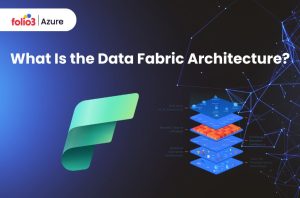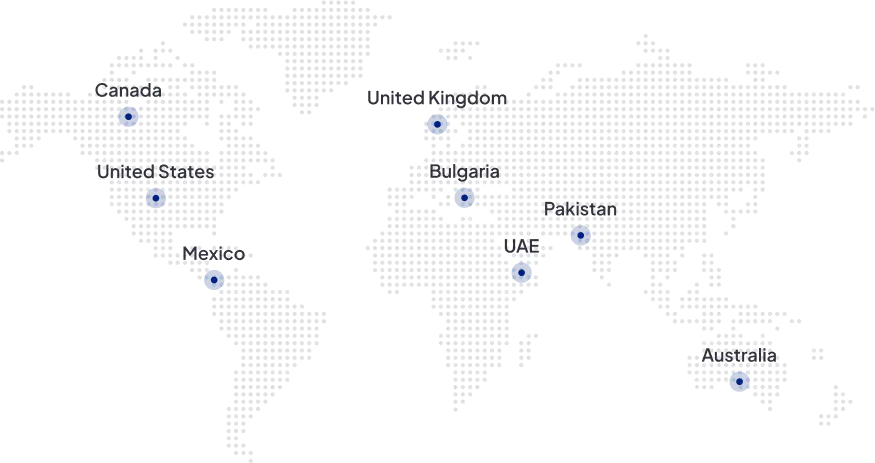Table of Contents
ToggleFor professionals in the data analytics, data science, and data engineering domains, certification programs can be a powerful tool for career growth and validation of expertise.
Microsoft, a leader in enterprise technology, offers the Microsoft Certified Fabric Analytics Engineer Associate, specializing in fabric analytics. This guide provides an array of steps and insights for professionals aiming to seek and benefit from this particular certification.
Introduction to Microsoft Fabric Certification
Microsoft Certified Fabric Analytics Engineer Associate certification is one of the latest additions to Microsoft’s data analytics offerings. It particularly emphasizes ‘fabric analytics,’ which refers to the technologies and platforms used to design, develop, and implement modern data pipelines for data integration, movement, and transformation.
This certification is ideal for data professionals working with data platforms, who possess a fundamental knowledge of data engineering principles and aim to apply that expertise to various technologies like Azure Data Factory, Azure Synapse Analytics, and Apache Spark, among others.
Benefits of Earning Certification in Microsoft Fabric
Achieving Microsoft Certified: Fabric Analytics Engineer certification bears several crucial benefits:
- Enhancing Career Prospects: Certification can lead to better job opportunities and career advancement, as it equips you with advanced skills and knowledge.
- Increase in Pay: Certified professionals often command higher salaries than their non-certified counterparts.
- Validation of Skills: For professionals wanting proof of their hands-on experience with fabric analytics, this certification provides formal validation of their expertise.
- Community and Support: Access to a network of professionals and resources, including the Microsoft community, can be a major benefit for your professional growth.
Steps to Achieve Certification
Earning the Microsoft Certified: Fabric Analytics Engineer certification involves several strategic steps. Here’s a comprehensive breakdown:
Step 1: Enroll in Microsoft Learn
To start your certification journey, you need to enroll in the Microsoft Learning platform. This will serve as your foundation, providing access to learning paths, modules, and necessary resources. It’s free to enroll, and you can begin at your convenience.
Prerequisite Knowledge and Background
It’s important to note that while there is no official prerequisite for the certification exam, candidates are expected to have a basic understanding of data analytics, data engineering concepts, and a working knowledge of Microsoft Azure and its capabilities in data solutions.
Step 2: Access Learning Resources and Modules
Once you’ve enrolled, it’s time to immerse yourself in the learning experience. Microsoft Learn provides self-paced modules designed specifically for exam preparation. Some of the fundamental areas you should focus on include:
Key Learning Areas and Modules
- Design and Implement Data Factories: Learn to build and manage batch data pipelines with Azure Data Factory.
- Operationalize Synapse Analytics Solutions: Understand how to orchestrate and monitor data analytics solutions on Azure Synapse Analytics.
- Develop Big Data Clusters: Gain proficiency in deploying and managing big data environments on Kubernetes and Azure Kubernetes Service (AKS).
- Develop Streaming Solutions with Apache Spark: Discover the principles of stream processing with Azure Databricks.
Practice Through Real-World Scenarios
Practical experience is invaluable. Simulate real-world scenarios as often as possible to solidify your understanding of fabric analytics’ practical applications within the Microsoft Azure ecosystem.
Step 3: Prepare for Certification Exam DP-600 Through Beta Exams
The DP-600 exam, Designing and Implementing an Azure Data Solution, is at the core of the fabric analytics certification. It focuses on the candidate’s ability to architect Azure data solutions with a range of services, from Azure’s storage and data platforms to the integration of Azure services in data-driven solutions.
Utilize Beta Exams for a Competitive Edge
Participating in beta exams allows you to access the exam in its early stages, often with a significant discount or even for free. This presents a valuable opportunity to gain insight into the areas of focus and question types, offering a competitive edge when you finally attempt the official exam.
Step 4: Book and Prepare for the Certification Exam
Once you feel confident in your preparation, book the certification exam and set a date. Here are some key tips to consider as you prepare:
Refine Specific Skills and Knowledge Areas
Identify potential weak points and target them with additional study and practice. Utilize official Microsoft documentation, white papers, and forums to broaden your understanding of data analytics concepts and solve complex data problems across the platform.
Join Study Groups and Engage with the Community
Engaging with peers and professionals through study groups or online communities can provide diverse perspectives and collaborative learning opportunities. Discussing concepts and problem-solving can reinforce your knowledge and provide clarity on difficult topics.
Take Practice Exams
Simulate the testing environment by taking practice exams. This will give you a feel for the format, time constraints, and difficulty level of the questions you can expect to face in the actual exam.
Finalize Your Study Plan
Structure your study plan to cover all exam objectives and allocate time for revision. Ensure you’re well-rested and confident on the day of the exam to perform at your best.
Step 5: Pass and Validate Your Skills
On the day of the exam, stay calm and focused. The DP-600 certification exam consists of various question formats, including multiple-choice and scenarios with multiple-answer choices.
Answer to the best of your ability, and upon passing, you can officially add the Microsoft Certified: Data Analyst Associate credential to your resume and professional profiles.
Conclusion
Achieving the Microsoft Certified: Fabric Analytics Engineer certification is a strategic step towards establishing credibility and advancing in the field of data analytics and engineering.
This certification not only validates your expertise in the domain of fabric analytics but also opens up a plethora of opportunities for career growth and development.
Imagine you’re a startup founder focusing on rapidly scaling your unique e-commerce platform. Growth is exponential, and the challenges of managing this expansion are becoming increasingly complex, particularly in the sphere of data management and analytics. This is where Azure Folio3 comes into play.
With our mission to assist businesses in designing, deploying, and managing scalable cloud-based solutions, we offer the indispensable expertise you need. Our team of certified Azure experts leverages their profound knowledge to tailor solutions that not only fit your current requirements but are also engineered to support future growth and innovation.



